- 1

Ecosistema integrado con Lovable: diseño, datos y monetización
02:32 - 2
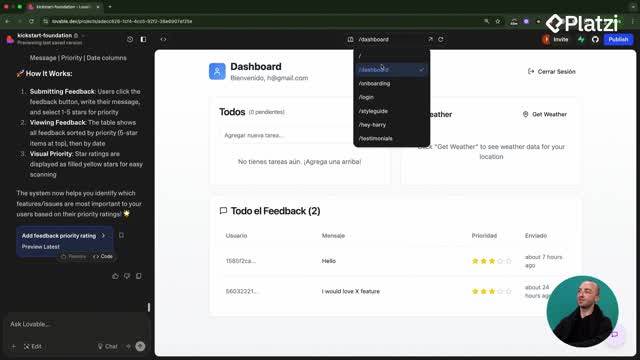
Estructura de rutas y diagramas Mermaid para apps de fotos
05:19 - 3
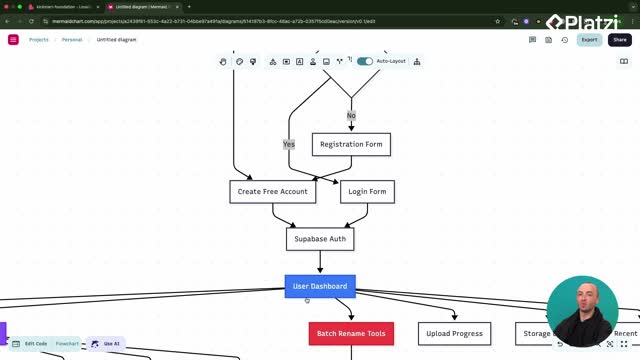
Construcción de dashboards con diagramas mermaid y prompts efectivos
05:33 - 4
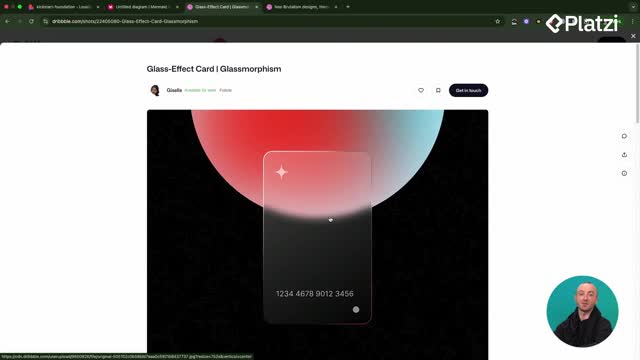
Aplicación de temas de diseño glassmorphism y neo-brutalism
06:36 - 5

ShadCN y 21st Dev para mejorar interfaces de usuario
06:18 - 6
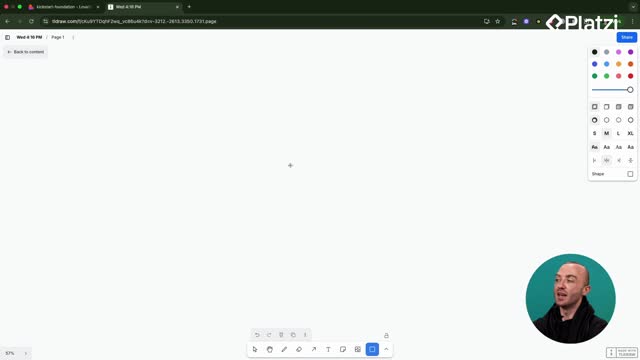
Componentes reutilizables en React para apps más rápidas
05:36
Construcción de dashboards con diagramas mermaid y prompts efectivos
Clase 3 de 27 • Curso de Lanzamiento y Monetización de Webs con Lovable
Contenido del curso
- 11
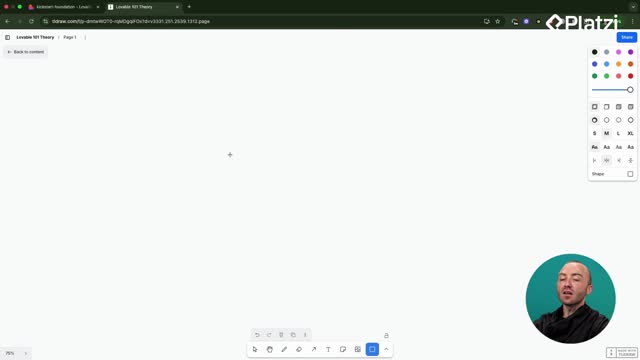
Diferencias entre cliente y servidor en aplicaciones web
04:04 - 12
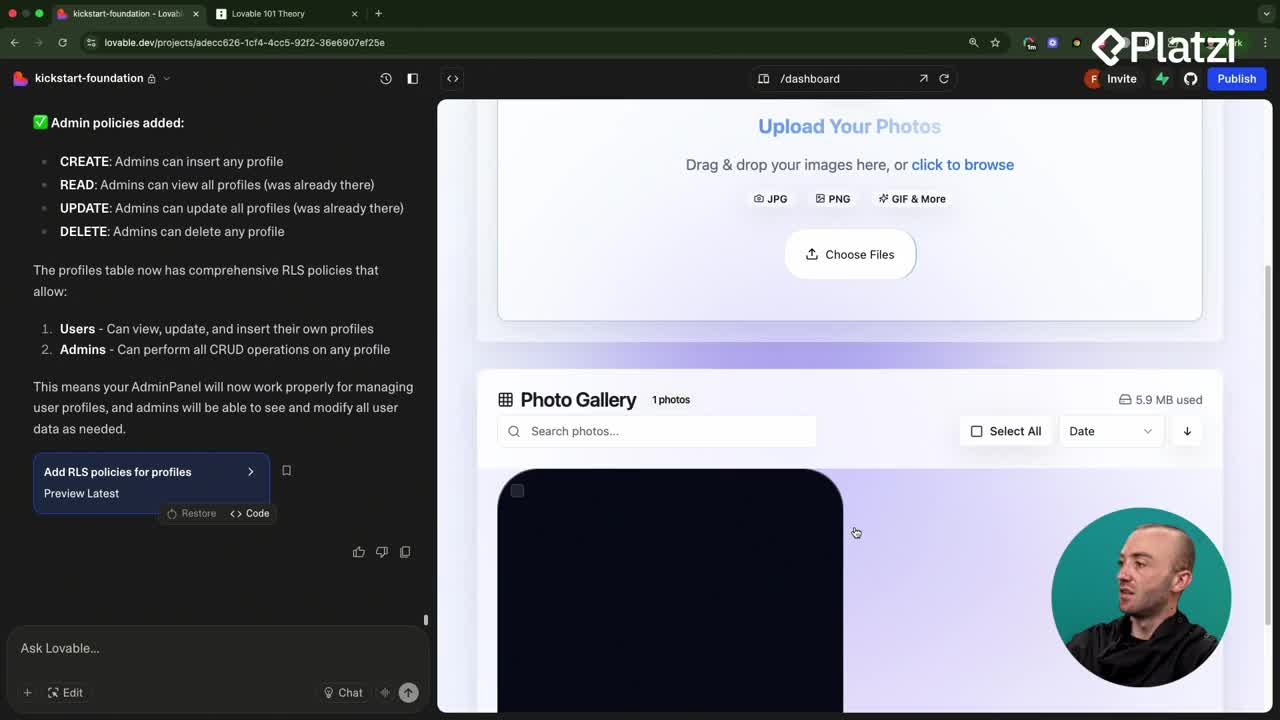
Integración de OpenAI Vision para renombrar fotos automáticamente
08:43 - 13
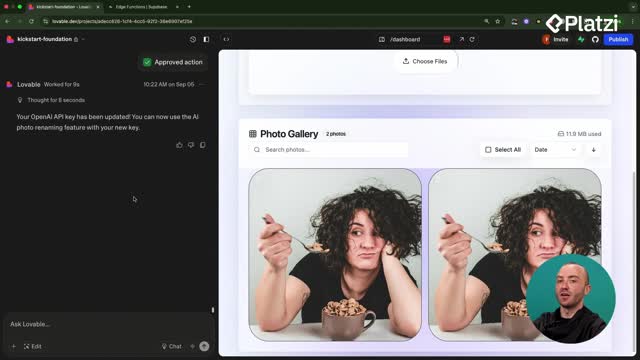
Depuración de errores en apps con Lovable y Supabase
05:52 - 14
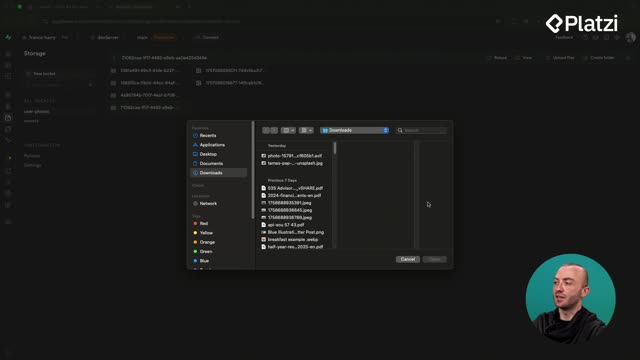
Supabase Storage con buckets seguros y tablas de metadatos
08:41 - 15
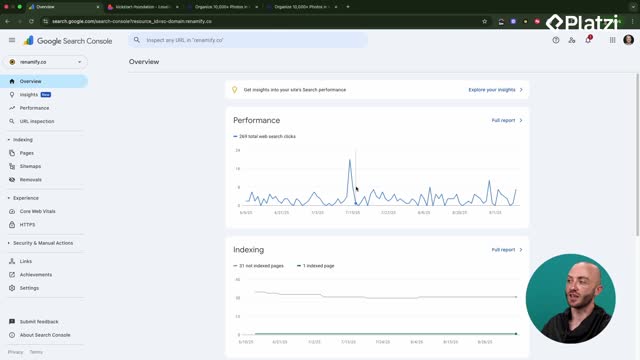
Conectar aplicación a Google Search Console para indexación
05:53
- 16
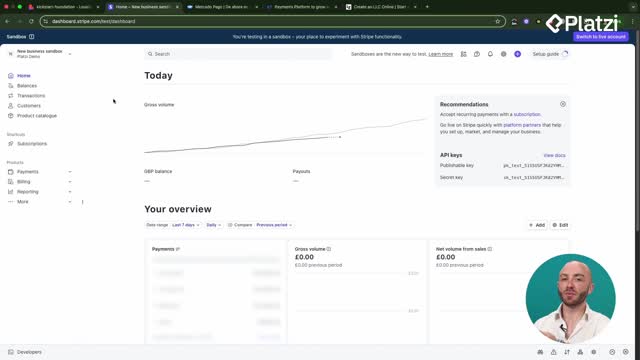
Configuración de Stripe y opciones de pago para tu aplicación
02:31 - 17
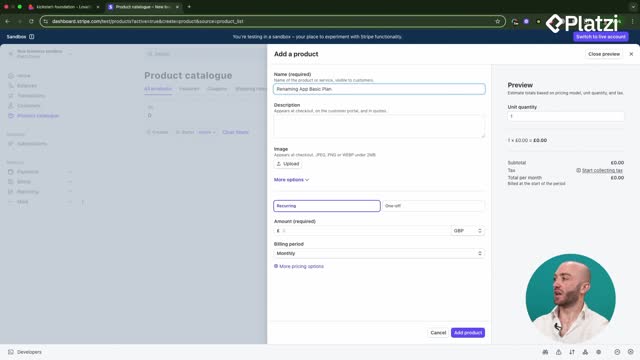
Configuración de productos y precios en Stripe
06:50 - 18
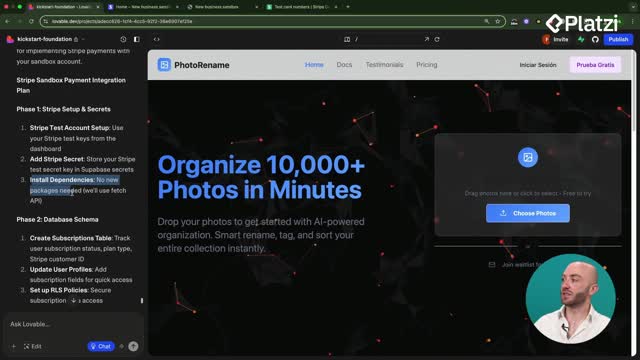
Integración de Stripe Checkout en aplicaciones web
07:21 - 19
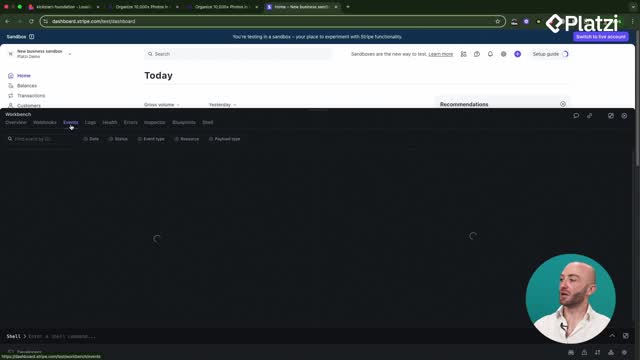
Configuración de webhooks de Stripe para cancelaciones de suscripción
11:59 - 20
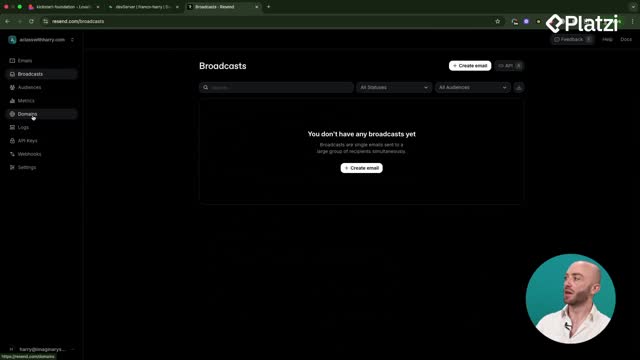
Integración de Resend para emails transaccionales y seguimientos
07:41 - 21
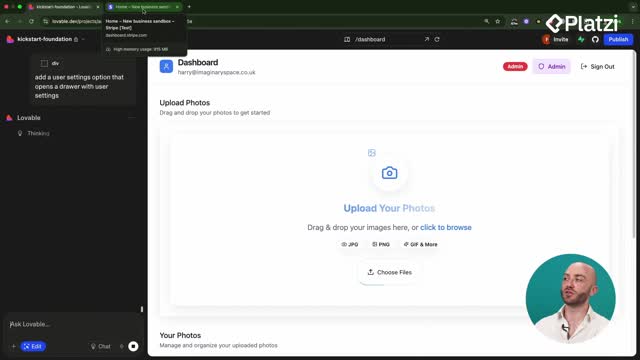
Integración del portal de Stripe y límites de planes en el frontend
09:12
- 22
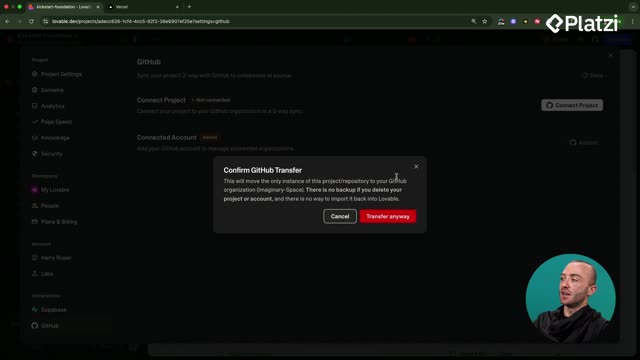
Cómo desplegar aplicaciones de Lovable a Vercel con GitHub
08:33 - 23
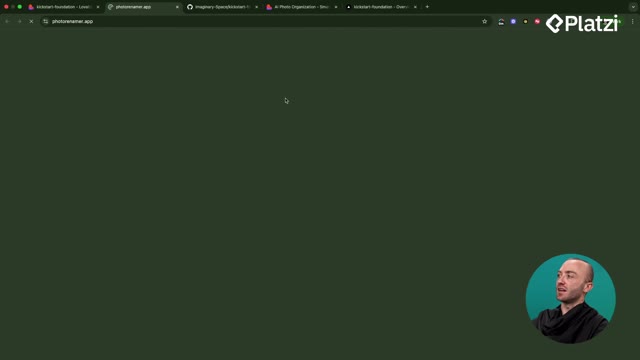
Conectar dominio personalizado con SSL en Vercel
04:57 - 24
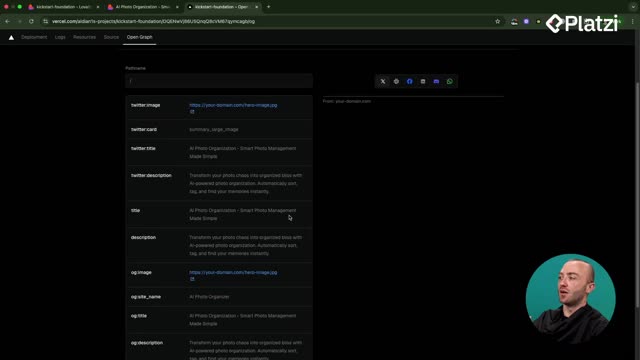
Configuración de OpenGraph y SEO para enlaces compartibles
10:06 - 25
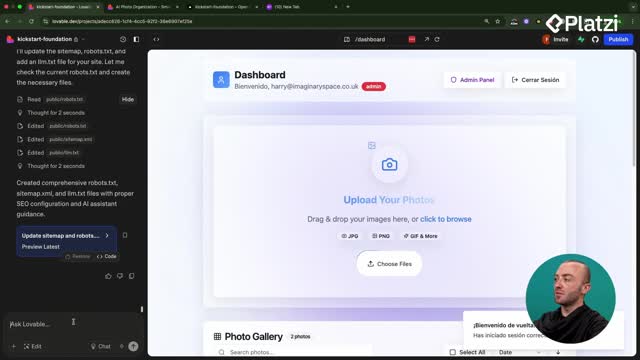
Configuración de logging personalizado para errores de aplicación
09:15 - 26
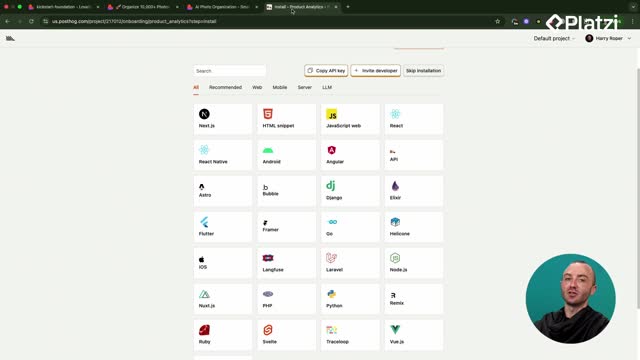
Configuración de Posthog para analíticas en React con Lovable
08:50 - 27
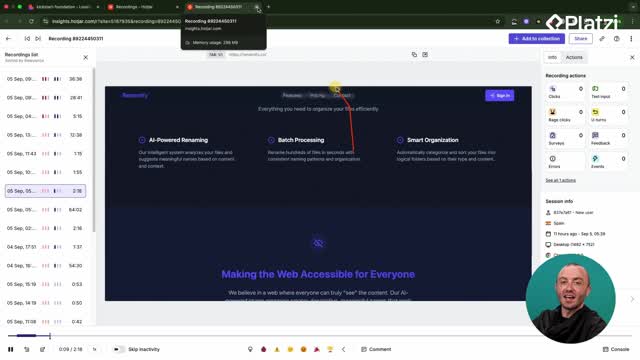
Instalación de Hotjar en Lovable para análisis de usuarios
05:43
Plan fast and build confidently: with a clear mermaid diagram and focused Lovable prompts, you can rebuild a user dashboard that supports a photo upload drop zone, a gallery backed by a Supabase S3 bucket, and powerful batch renaming tools. The result is a crisp MVP that works in a few guided steps and leaves room for later refinements.
How to plan with mermaid diagrams and Lovable prompts?
A simple plan drives speed. The flow starts by defining the core pages and trimming distractions, then adding features in small, testable steps. The focus stays on the user dashboard, since a landing page and auth already exist.
What pages and features are essential for the user dashboard?
- Photo upload area with a drop zone.
- User photo gallery to display uploaded images.
- Batch renaming tools integrated into the gallery.
- Keep only page name, user’s email, and logout button on the dashboard.
How to reset the dashboard and add a photo drop zone?
- Prompt Lovable to remove everything except the page name, user email, and logout.
- Use a double prompt on the same page: add a photo drop zone that allows uploads.
- Validate quickly: select a JPEG and confirm the UI preview appears.
Why follow a prompt list and flow notes?
- Specify the feature, the platform path (for Supabase), and the UX flow.
- Break requirements into a simple list so the LLM executes reliably.
- Keep prompts short and direct for better outcomes.
How to set up the photo gallery with Supabase S3?
The gallery connects the upload step to persistent storage. By asking for an S3 storage bucket per user, uploads are tied to the account and can be rendered in a grid with basic controls.
How to add a user photo gallery with upload flow and grid?
- Ask for a gallery that shows uploaded photos.
- Request a Supabase S3 storage bucket scoped to the user.
- Define UX: upload appears in a grid below the drop zone with filter and search options.
- Quick test: upload a JPEG, refresh, and confirm it shows in the gallery.
Why approve database changes in Lovable?
- Lovable often proposes database updates to support new features.
- Review changes to understand what happens under the hood.
- Approve to apply and push the migration.
How to implement filter and search UX?
- Keep it standard and simple at first: filters for quick narrowing, search for direct queries.
- Confirm the gallery updates as uploads arrive.
How to add batch renaming and an MVP mindset?
Batch tools turn a basic gallery into a productivity hub. Multi-select and rename patterns let users process many files at once, while a storage usage display lays the groundwork for future upgrades.
How to enable multi-select and batch renaming tools?
- Prompt as a list: multi-select images, choose renaming patterns, show storage usage.
- Run the prompt and verify: selection works, batch rename is available, delete is present.
- Keep notes concise so the LLM comprehends and implements accurately.
Why show storage usage and plan upgrades?
- Display current storage so users see limits and progress.
- Later, connect storage tiers and payments to unlock more space.
What is the finish-first MVP mindset?
- Define the main blocks first: upload, gallery, batch rename.
- Get a working system quickly, then refine.
- Follow the diagram and plan to accelerate delivery with fewer prompts.
Have questions or tips about prompts, Supabase S3, or gallery UX? Share your thoughts and experiences to help others build faster.